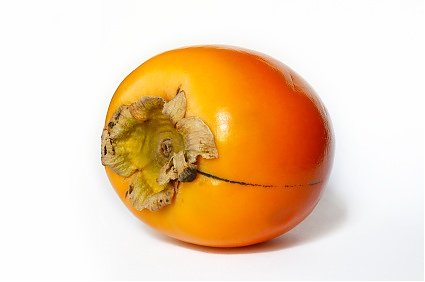Find out how fruit can improve your health and performance!
read moreFruit Buyer’s Report | Fruitful Office Autumn 2022
Dear All,
As we leave Summer behind us and enter Autumn, nature begins to change around us: the weather starts to get colder, the days shorter, leaves start to turn red and fall.
As nature changes, so do the fruit varieties available. Here are our seasonal highlights:
- Soft citrus fruits
These include clementines, tangerines, mandarins and satsumas. The two main varieties of ‘easy peelers’ are clementines and mandarins. Although we favour ‘easy peelers’ given they are easier to eat in the workplace, taste and sweetness comes first – and it is in the Autumn that they really start to shine. Just as well that they contain lots of vitamin C which is critical for our immune system as we enter the more challenging colder (Autumn and Winter) months.
- Pears
A winter seasonal fruit type which has been enjoyed since ancient times. They can be eaten crisp or soft and many different varieties exist: Conference, Forelle, Packhams, Red Bartlett and Williams. Pears are highly nutritious and rich in folate (important for energy production), vitamin C, copper (aids immunity) and potassium (aids heart function). Pears have also been linked to a lower risk of diabetes.
Here are some varieties to look out for in our ‘seasonal mix’ office fruit baskets and office fruit boxes:
- Grapes
Harvest season in Europe is typically from September to mid-October. This is why grapes are particularly fresh and flavoursome at this time of the year. We run both green and red varieties and decide based on quality and taste. Phytochemicals in grapes have protective antioxidant properties. Grapes also contain naturally occurring sugars, as opposed to ‘free’ sugars, they provide a healthy energy boost. Here are some varieties to look out for: Autumn Royal, Thompson, Sugraone, Crimson and Flame.
- Kaki fruit
Persimmon is the official family name of this less usual fruit variety which originated in Asia (it is the national fruit of Japan) before being introduced to Southern Europe in the 1800s. Kaki fruit are an excellent source of fibre and have been shown to protect against heart disease and aid in digestion. They can be eaten both fresh and crunchy like an apple or for an even sweeter taste open it and eat only the inside when soft and mature.
Stay healthy everyone.
Fruitful Office team

